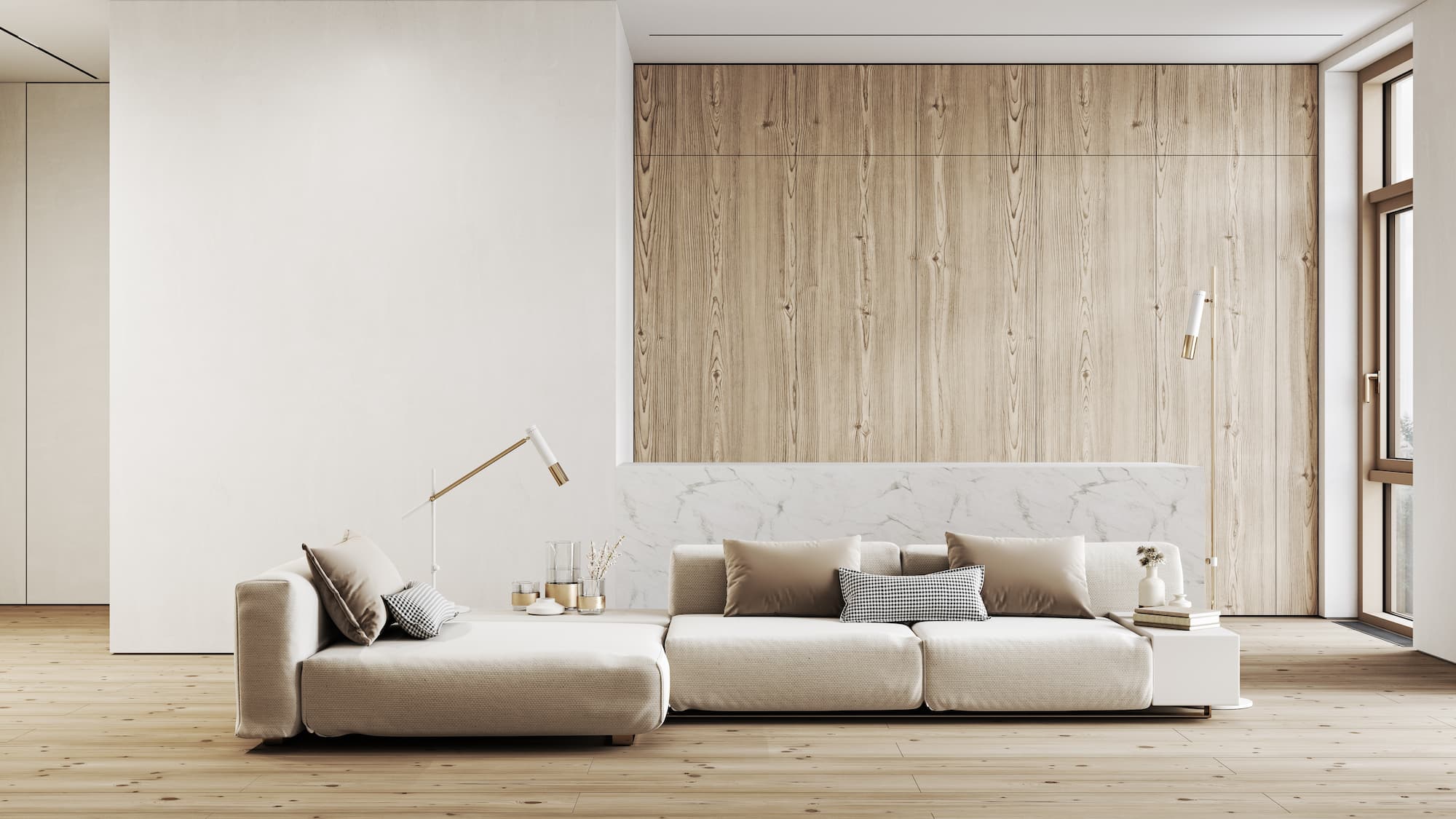Choose expert interior design firms to craft elegant interiors.
Choose expert interior design firms to craft elegant interiors.
Blog Article
Transform Your Home With Essential Principles of Interior Decoration and Appearances
By comprehending the impact of color concept and the relevance of structure and patterns, one can produce spaces that are not just aesthetically attractive but additionally deeply individual. Accomplishing this equilibrium entails even more than mere decoration; it incorporates a calculated plan and a keen understanding of just how each aspect interacts within a room.
Comprehending Color Concept
Shade theory is a basic aspect of interior decoration that substantially influences mood, assumption, and total aesthetic. Comprehending the concepts of color theory permits designers to develop spaces that reverberate emotionally with owners while satisfying useful needs (interior design firms). Shades can be classified right into three main kinds: main, second, and tertiary. Each category plays a crucial duty in establishing consistency within a room.
The mental impact of colors is extensive; warm colors such as reds and oranges evoke power and heat, while awesome tones like blues and environment-friendlies advertise calmness and harmony. The use of complementary colors improves aesthetic passion, creating striking contrasts that can elevate a room's appeal.
Neutral colors, on the other hand, work as a functional background, permitting various other layout components to beam. It is vital to think about aspects such as illumination and the area's objective when choosing a shade scheme, as these can modify the assumption of shades throughout the day.
Eventually, a well-considered color design can change an area, promoting a sense of comfort and style that straightens with the inhabitants' preferences. Proficiency of shade concept is, as a result, a crucial skill for any interior developer intending to produce harmonious and inviting settings.
Accomplishing Balance in Layout
How can developers attain a sense of stability in their areas? Achieving equilibrium in design is basic to producing harmonious insides.
Asymmetrical equilibrium, on the other hand, depends on differing components that still accomplish a natural look. This strategy enables for even more dynamic and casual plans, giving rate of interest while keeping equilibrium. By meticulously choosing varying sizes, shades, and textures, developers can develop a visually engaging area that really feels balanced yet energetic.
Radial equilibrium emphasizes a central centerpiece with aspects emitting outward. This style is generally seen in circular layouts, where furniture and decoration create a cohesive surround that attracts the eye internal.
Ultimately, attaining balance requires thoughtful consideration of range, percentage, and the partnerships between elements. interior design firms. By skillfully using these balance concepts, developers can change areas into settings that really feel both aesthetically pleasing and functionally harmonious, boosting the general experience for passengers
Value of Spatial Understanding

An eager feeling of spatial understanding allows developers to identify prime focus within an area, assisting the viewer's focus to crucial functions while maintaining an overall feeling of unity. It also aids in the calculated positioning of lights, which can drastically affect the perception of area and state of mind. Moreover, understanding spatial connections allows the developer to accommodate the particular requirements of inhabitants, guaranteeing that each location offers its desired objective without compromising appearances.
Ultimately, spatial understanding is essential for taking full advantage of the potential of any type of interior space. By meticulously taking into consideration the interaction between measurements, design, and function, developers can produce environments that not just satisfy useful requirements click here to find out more yet likewise stimulate a sense of convenience and appeal, enhancing the general living experience.
Integrating Texture and Patterns
Accepting a varied variety of structures and patterns can dramatically enhance the visual and tactile allure of an interior space. The calculated use of various products-- such as timber, steel, textile, and stone-- produces depth and passion, making a room feel a lot more inviting and vibrant. Combining smooth surface areas with rough appearances can establish a balance that attracts the eye and involves the senses.
When including patterns, think about both scale and repeating. Big patterns can act as prime focus, while smaller sized, subtle designs can complement other components without frustrating the room. Layering patterns, such as pairing floral paddings with striped tosses, includes intricacy and a sense of harmony if implemented attentively.
It is also essential to keep a cohesive color scheme, making sure that textures and patterns collaborate instead of compete for interest. By picking a few essential textures and patterns, you can create a linked visual that shows your individual design while boosting the total atmosphere of the area. Eventually, the cautious incorporation of these components can change a mundane space into an advanced setting rich with personality and heat.
Individualizing Your Room
Developing a room that reflects your personality is crucial to achieving a genuinely inviting atmosphere. Personalization in interior style enables you to infuse your one-of-a-kind style and interests into your home, transforming it about his from a mere sanctuary right into a sanctuary that talks with that you are. Begin by selecting a color combination that resonates with your feelings-- vibrant tones can stimulate, while soft tones use harmony.
Include artwork and decoration that mirror your interests, whether it be travel, nature, or abstract principles. Displaying personal collections, such as books, pictures, or mementos, can evoke valued memories and produce prime focus within a space. Additionally, take into consideration personalizing functional pieces, like upholstered furnishings, to his comment is here align with your visual choices.

Final Thought
In conclusion, the transformation of a home with the essential principles of interior decoration and visual appeal demands a detailed understanding of shade theory, equilibrium, spatial awareness, texture, and personalization. Each component contributes dramatically to producing a harmonious and useful living setting - Architecture Firm. By thoughtfully incorporating these principles, individuals can enhance the visual allure and emotional vibration of their spaces, inevitably fostering a home that shows special identities while giving convenience and usefulness
Report this page